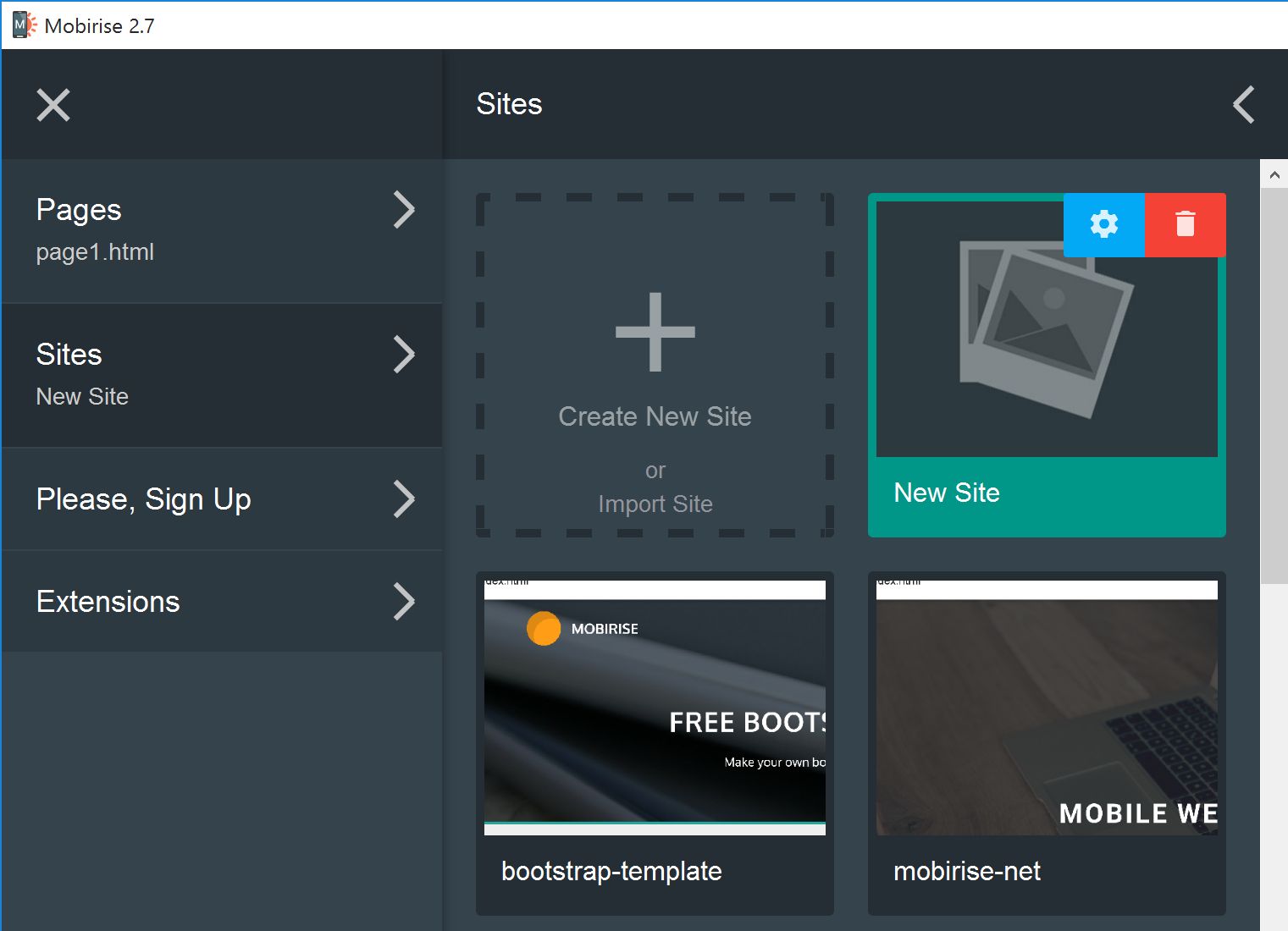

In canvas apps, the app maker has total control over the app layout. Learn more about the benefits of the model-driven approach Model-driven and canvas apps compared
Migrating apps between development, test, and production environments is relatively straightforward by using solutions. Once a user is confident with one model-driven app, later apps are easier to adopt within an organization. The user experience is consistent across all model-driven apps. The apps are accessible and responsive automatically. Apps have a similar user interface across various devices from desktop to mobile. Once the data model and relationships have been created, the build process is relatively rapid due to rich component-focused no-code designers. There are some notable advantages to this method of application development. Unlike canvas app development where the designer has complete control over app layout, with model-driven apps much of the user interface is determined for you and is largely designated by the components you add to the app. Users can navigate between the tables using the left pane or via the dashboard. In this example, the app contains three tables (challenges, ideas, team projects), one dashboard, and multiple charts and views. The experience is similar to the diagram shown below. User experienceįrom the user's perspective, all model-driven apps offer a similar experience, which is both accessible to many users and to the device used. This is because, without a data model housed within Microsoft Dataverse, you can't create a model-driven app. While they're called model-driven apps, it is often easier to think of them as data model driven apps. For example, if you are building an app to manage a complex process, such as onboarding new employees, managing a sales process, or member relationships in an organization such as a bank, a model-driven app is a great choice. Model-driven apps are especially well suited to process driven apps that are data dense and make it easy for users to move between related records. Using the app designer with little or no code, you can build apps that are simple or very complex. Additionally, relationships connect tables together in a way that permits navigation between them and ensures that data is not repeated unnecessarily. Model-driven app design is an approach that focuses on adding components such as forms, views, and charts and dashboards to tables using an app designer tool. Sweet! 7) Clean CSS - Semantic HTML No superfluous machine generated styles, layout maker keeps everything crisp and clean for easy hand tweaking.In this article Model-driven apps overview No more huge pile of static images to illustrate what a design might look like on different devices. 6) Browser-Based Prototyping Wireframing and previewing in an actual browser, makes the designs interactive and resizable. Add breakpoints to change column widths, define responsive actions, or tweak margins and sizes to guarantee that the layout optimally usable on any device. 5) Custom, Content-Driven Breakpoints Use the built-in viewport slider to view the design at every possible width. You can even use subgrids and container nesting for ultimate layout control - kabam! 4) Configurable Element Properties Control paddings, margins, floats, font styles, links and everything else that is needed to create a layout in which your unique content looks its best no matter what. Toggle column spans, stretch rows, or constrain their widths. 3) Custom Layout Designs Add rows and content containers with a simple click. Add anything from a paragraph to an input element with just a drop. 2) Drag-n-Drop Content Blocks Design from the content out and tailor layouts around unique content and business needs. Column counts and gutter widths can be customized for each system. 
1) Multiple Configurable Grid Systems: Layout Maker comes with a growing number of integrated grid systems, including the Bootstrap grid.
#Responsive layout maker page limit code
Don't let code kill your responsive creativity - use layout maker for responsive prototyping and wireframing. Responsive Layout Maker is the ONLY app that addresses the most fundamental aspect of responsive web design: creating a custom responsive layout that optimally supports and present the content at every possible device width.






 0 kommentar(er)
0 kommentar(er)
